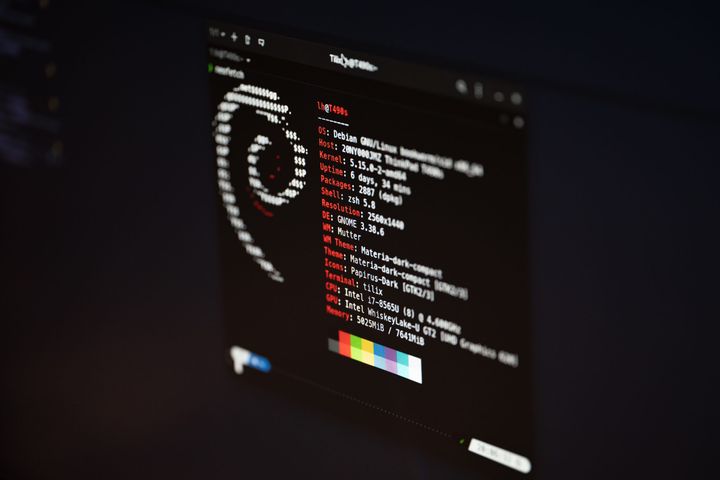Unix Commands Cheat Sheet: Making Handling Unix Easier

Oh, the marvelous world of Unix! It's vast, it's complex, and it's cryptic. But don't get too scared; armed with a good set of commands, you can turn your journey into the thrill of a lifetime. Thus, here, we bring you a helpful unix commands cheat sheet — a ticket to a smoother, more exciting Unix experience.
Every Unix journey starts with the basics
Understanding and using Unix is very much like learning a new language. And just like a new language, you first need to grasp the basics. Your first mission — learn what the term "Unix command" means.
A Unix command is a string of characters that the Unix operating system recognizes and interprets to perform a particular task. Typically, a Unix command consists of an operation (command itself), options (modify the behavior of the command), and arguments (data upon which the command acts).
Use this knowledge to bravely walk into the realms of Unix. With your head held high, confidently type your first commands. One step at a time, the crypto-landscape of Unix will start to make sense.
The Need for a Unix Commands Cheat Sheet
A Unix cheat sheet is a god-send when you're just beginning your Unix journey or need a quick refresher. Even seasoned Unix users might need occasional help remembering commands. Therefore the cheat sheet unix commands becomes a mainstay — it quickly offers the top commands you need to master.
The Cheat Sheet Unix Commands You Can't Ignore
Let's get down to our main business. There are plenty of Unix commands, but as a beginner or occasional user, you don't need all of them. Below are the essential Unix commands you should master.
ls– Lists all the files and directories in your present directory.cd– Stands for change directory, allowing you to move between different directories.pwd– 'Print Working Directory' displays your current directory.
Feel that? That's the thrill of understanding Unix bit by bit. Now increase the pace, let's learn how to manipulate data and files in Unix.
File and Data / Text Manipulation Commands
cat– Combine and display files.cp– Copy files and directories.mkdir– Make a new directory.rm– Remove files and directories.mv– Move or rename files and directories.
Try to see Unix as an adventure game. Each command unlocks new capabilities and takes you a step further in your journey.
Increase the Pace with Bash: Increment Variable
Another aspect of Unix you might encounter while working is variable incrementing in bash. Bash increment variable allows you to regulate loops and control the flow of your scripts more efficiently.
For example, if you initiate a variable x=1 and you want to increase the value by 1, you can use x=$((x+1)) or in a more simplistic form x=$((x++)).
Unix Bash scripting is also used for automation. The more you learn to play with Unix and Bash commands, the more powerful your scripts become.
Conclusion
The power of Unix lies in its commands. Mastering these commands opens up endless possibilities in your Unix journey. While there are many more commands to learn, don't let it overwhelm you. Focus on understanding the principle behind them, and always remember that a command is just a tool to achieve a bigger goal. Keep your unix commands cheat sheet close. With it, you're well prepared to face any Unix challenge that comes your way. Happy Unixing!




Comments ()